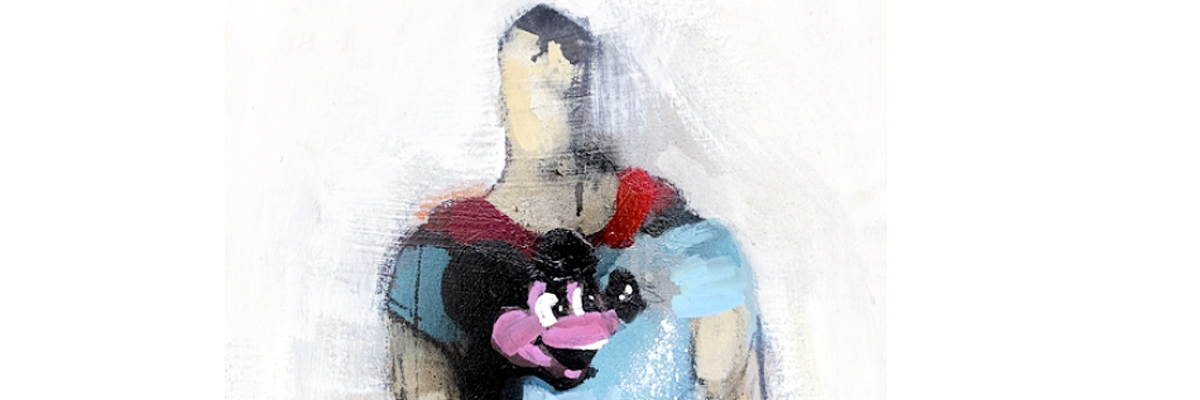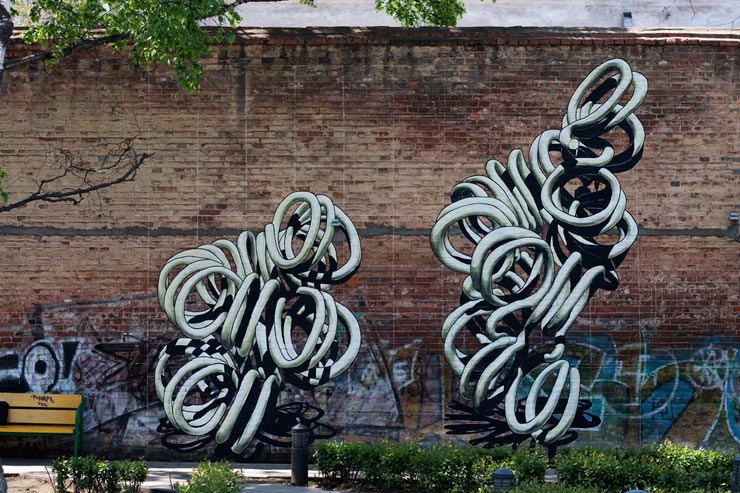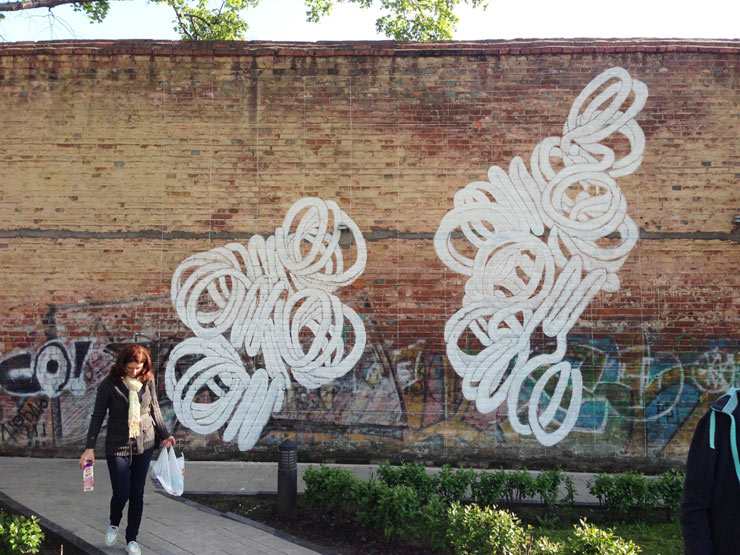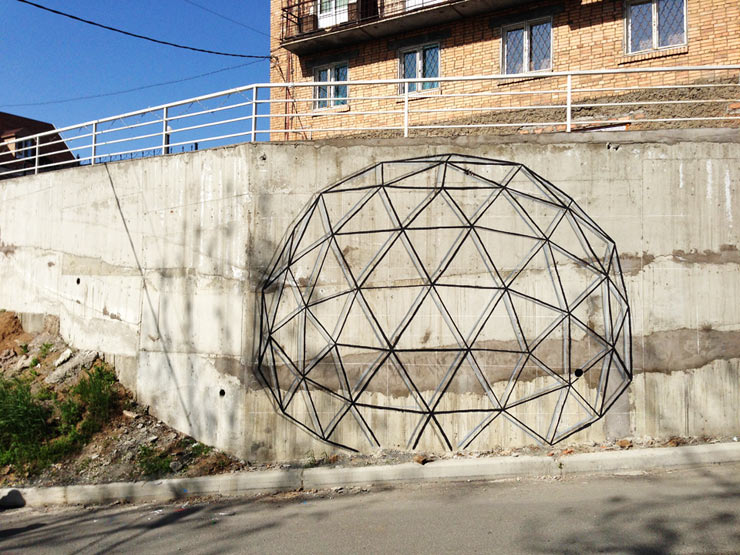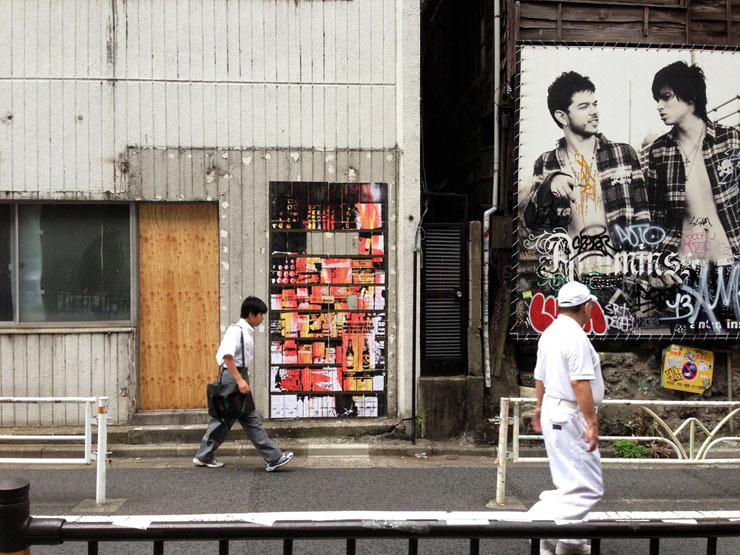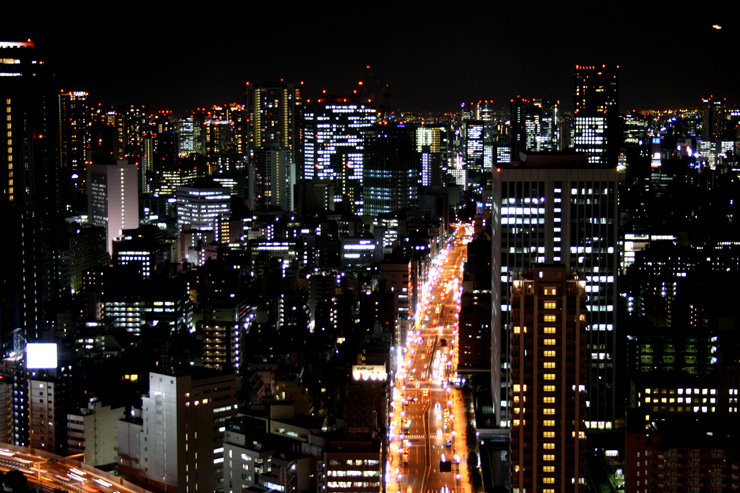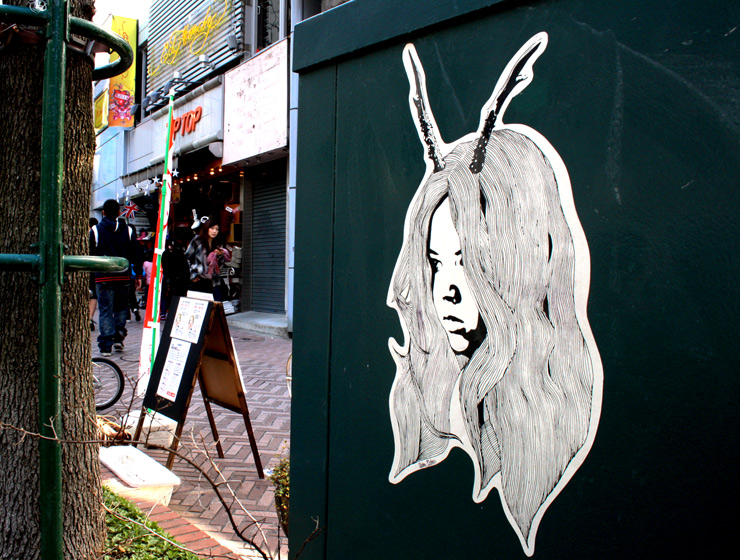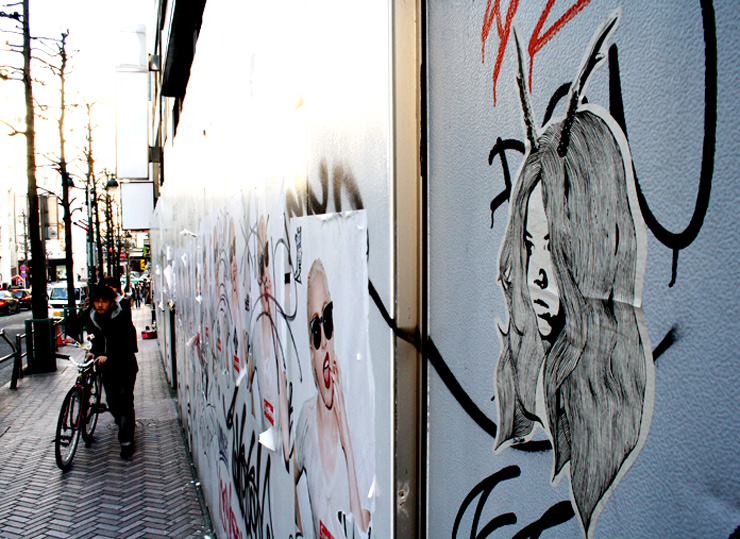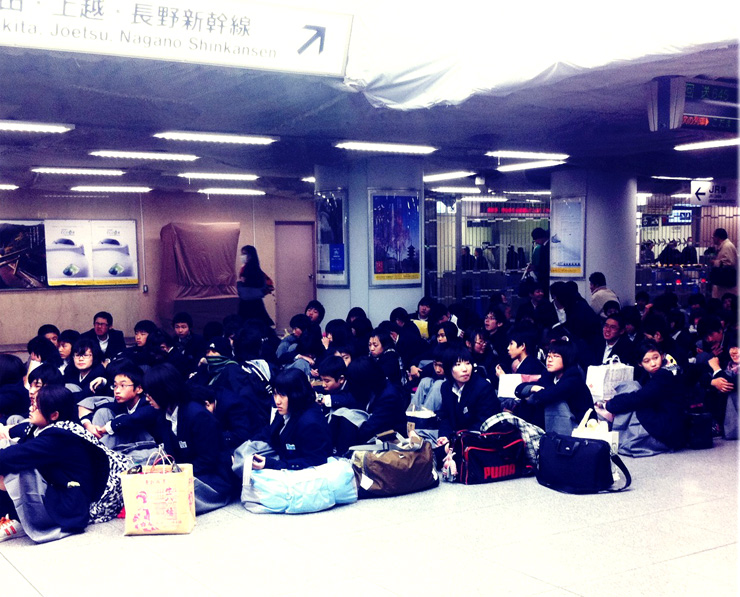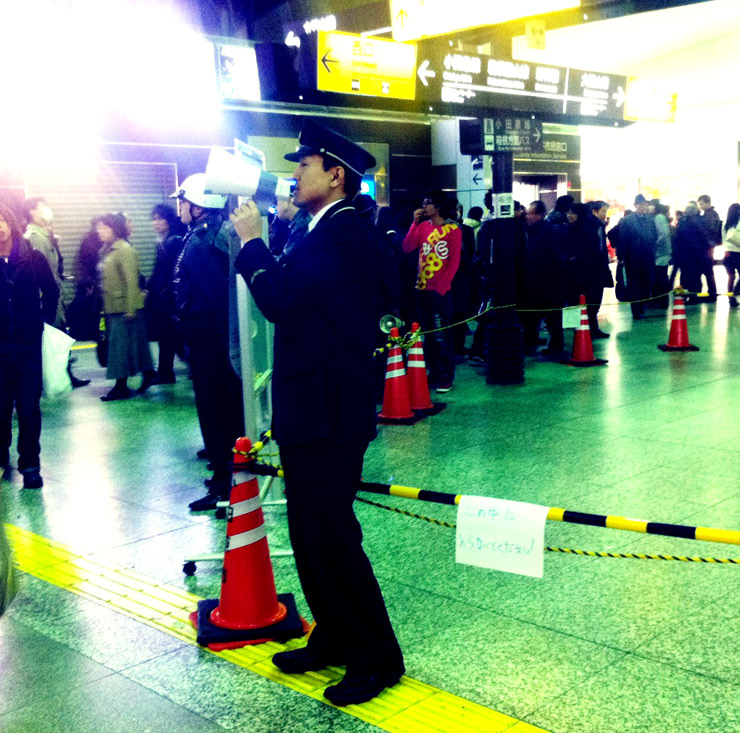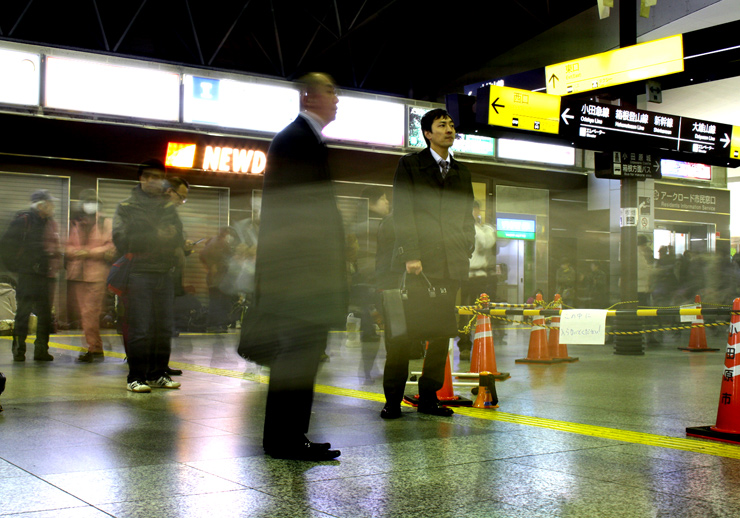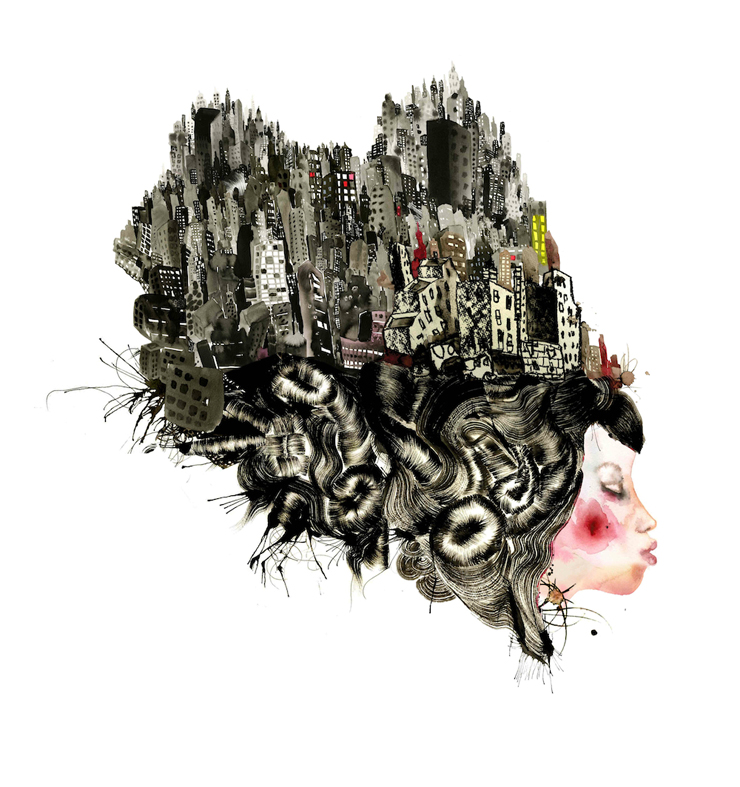Is it still Refrigerator Art if it’s in the Gallery?
Periodically you hear an artist or gallerist or curator or critic posit the definition of what exactly is Refrigerator Art – and where it belongs, who should do it, who can talk about it, who can see it, and who can put it on sneakers. The topic usually wends its way through outrage and umbrage; charges are made, credentials are laid out, points are counted, offense is taken and some dumb-butt is finally put in their rightful place. 
In recent years Refrigerator Art has gone truly global, as in this piece from Tokyo.
It’s a complicated and amazingly important topic that splits into a multitude of incredibly perplexing considerations; At the apples’ core is this saucy question: What is Refrigerator Art? More importantly, does it stop being Refrigerator Art once you see it in a gallery? If it was originally stuck on the Refrigerator and it was carried into the gallery and hung on a nail, is it still Refrigerator Art?

Early Frigeritti, one of the precursors to today’s Refrigerator Art, was primarily text based. In fact, many frigeratti writers eventually expanded their expression to areas of today’s Refrigerator Art scene. A casual kitchen passersby may not decipher the messages in these colorful “tags”, as they’re intended to be understood by peers only. (photo © Kodak Girl)
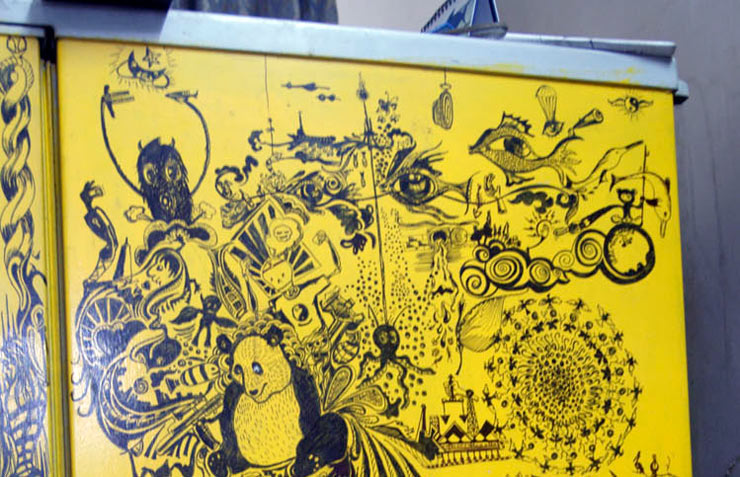
A Refrigerator piece in situ showing some more of the character-based art of today’s Refrigerator Art Scene.
If a Refrigerator Artist created a stencil for the refrigerator and then they used that same stencil and spray can to create a piece on a canvas, does it stop being Refrigerator Art? If a museum or collector commissions a well-known Refrigerator Artists to create a brand new piece to be displayed in a show, has that artist become detached from their Refrigerator roots and are they now a Jellout? If the refrigerator has been discarded and is now on the sidewalk waiting for the Sanitation Department, is this Public Art, Ephemeral Art, or a Temporary Sculpture Installation? And what if that Sanitation Department truck hits a giant friggin pothole and the refrigeration flies through the air and lands on a dancer in her leotard smoking on the sidewalk outside of class? Is it Refrigerator Performance Art?
And what about Refrigerator cred?

Some trend watchers have noted what may be a new Avant Garde in the Refrigerator Scene, like this Troll sculpture installation inside the fridge, by heady conceptualist Respecter.
Tad Tusnarky, an opinion writer for the influential FridgeForum.com and Senior Fellowe at the Wetbar Art Institute in Stamford, Connecticut, cautions that peoples understanding about Refrigerator Art is clouded by opinions that are not in alignment with his. He complains “It’s frustrating to see people who really know nothing about the whole Refrigerator Scene and haven’t done any reading about it in college trying to define it”. For him, the mainstream exposure of frigeritti and Refrigerator Art and its movement into galleries and museums has come with a high price. “It has, in my mind,” warns Tad, “diluted what is required to achieve genuine respect in the Refrigerator Scene. In addition, people don’t know enough about what I think.”

Live kitchen performance is pushing the definition of Refrigerator Art into it’s outer limits, as in this recent underground piece by an anonymous artist performed in Bushwick, Brooklyn – a veritable Refrigerator Art hotbed for experimentation.
Maytagger, a respected New York large appliance artist who’s been getting up since back in the day when there was no “Refrigerator Scene” has no stomach for spoiled newcomers who do a couple of pieces, snap them with their smart phone and then rush to publish them on Flickr or a so-called “Refrigerator Art” blog.
“We created art for the refrigerator, not ‘Refrigerator Art’. The Internet and galleries have ruined everything. This stuff is limp – we were crisp. It actually kind of boils my brocolli because a lot of these kids out here today just use markers and crayons and stick their paper to the fridge with a magnet or clip – that’s not real Refrigerator Art. If you don’t use finger paint and scotch tape you’re announcing to everybody in the kitchen what you are; Snack Meat.”
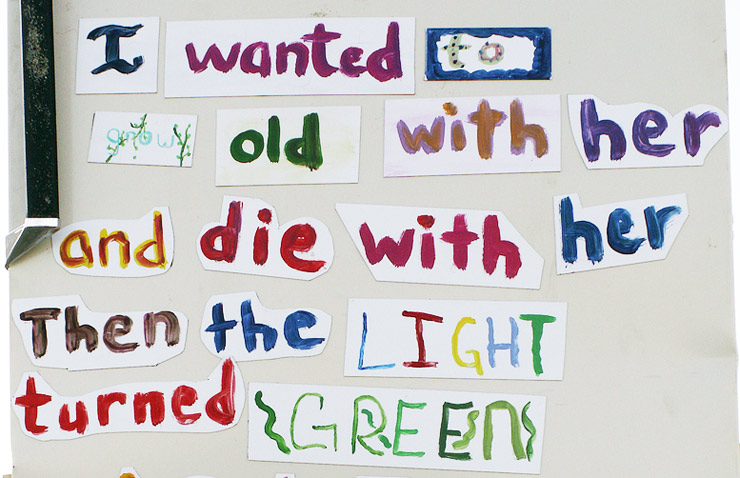
Contemporary poet of the Refrigerators, Knee-Finger, frequently uses the doors of fridges as veritable journals to express existential internal longings and wonderings.
Whatever your take on it, and let’s face it, everyone has an opinion about Refrigerator Art these days, it’s not likely to slow its ever-evolving permutations on iceboxes across the world today. We’re going to keep chasing the fridges even if they roll out of of kitchens and into the museum. Whatever you call it, we’ll keep plugged into the exploding refrigerator scene as long as it keeps running.
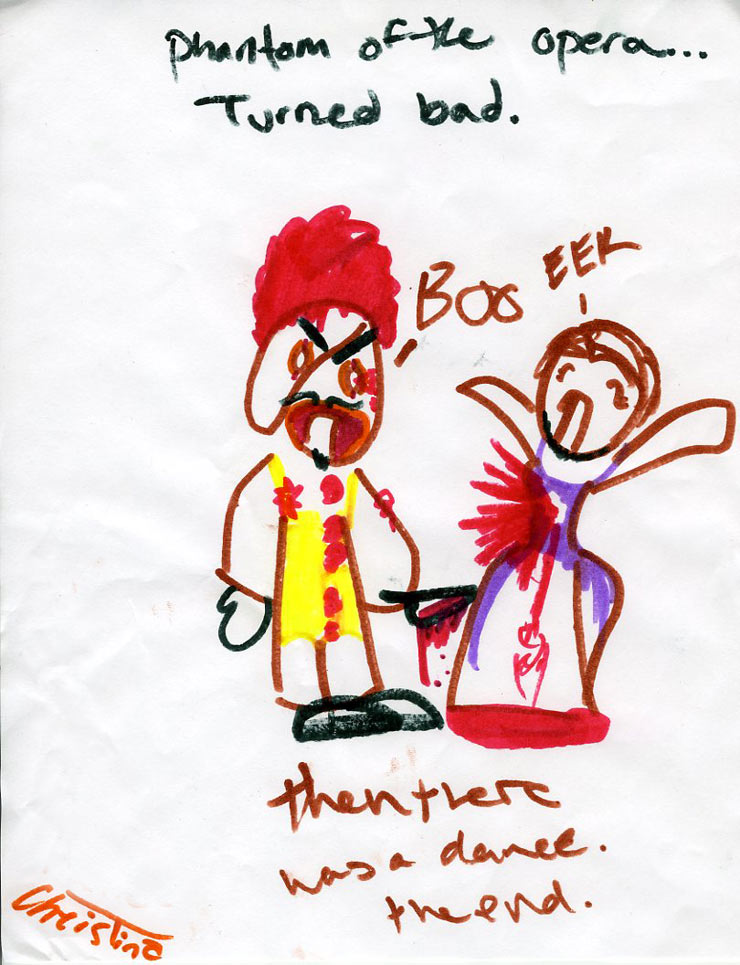
Christina, a new artist on the refrigerator, may provide insight to dramatic trends of the future by mixing the character based with the text based in an old school/new school mashup of sorts.
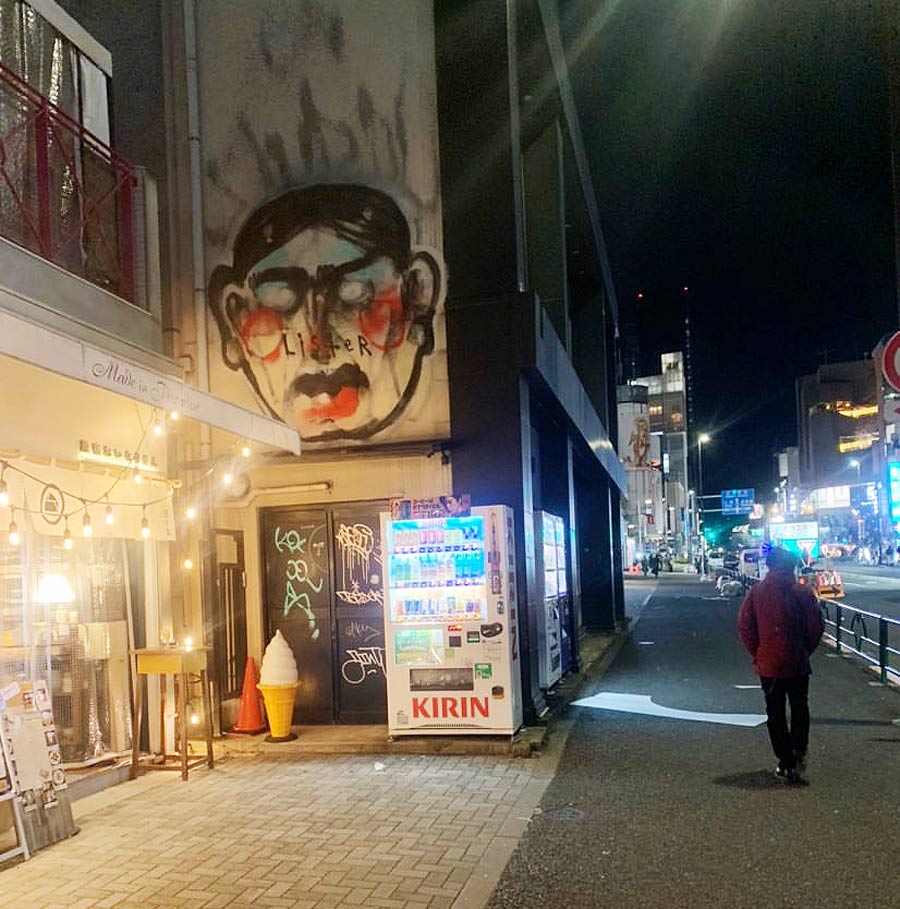
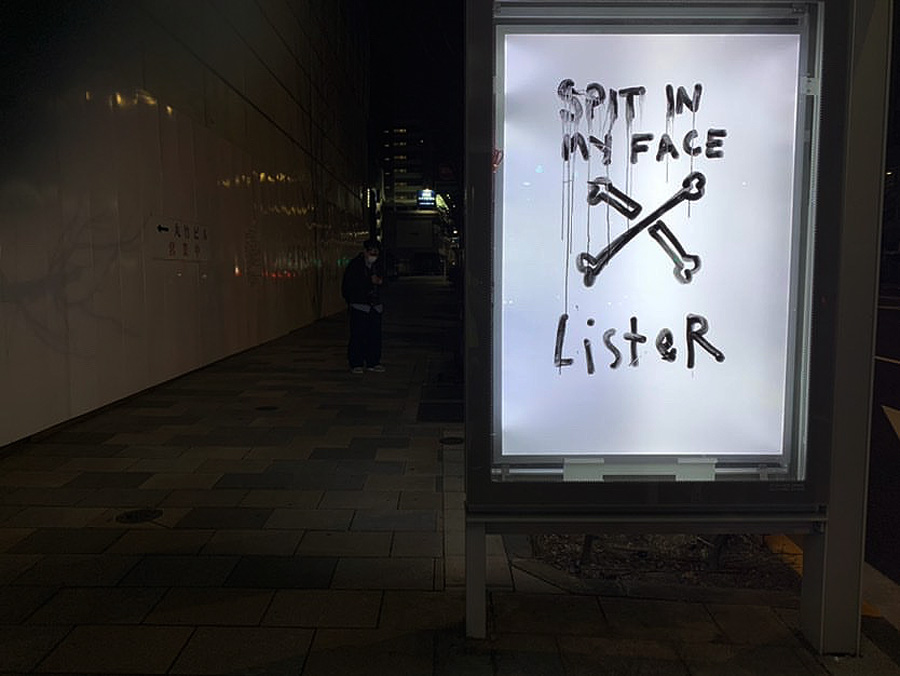
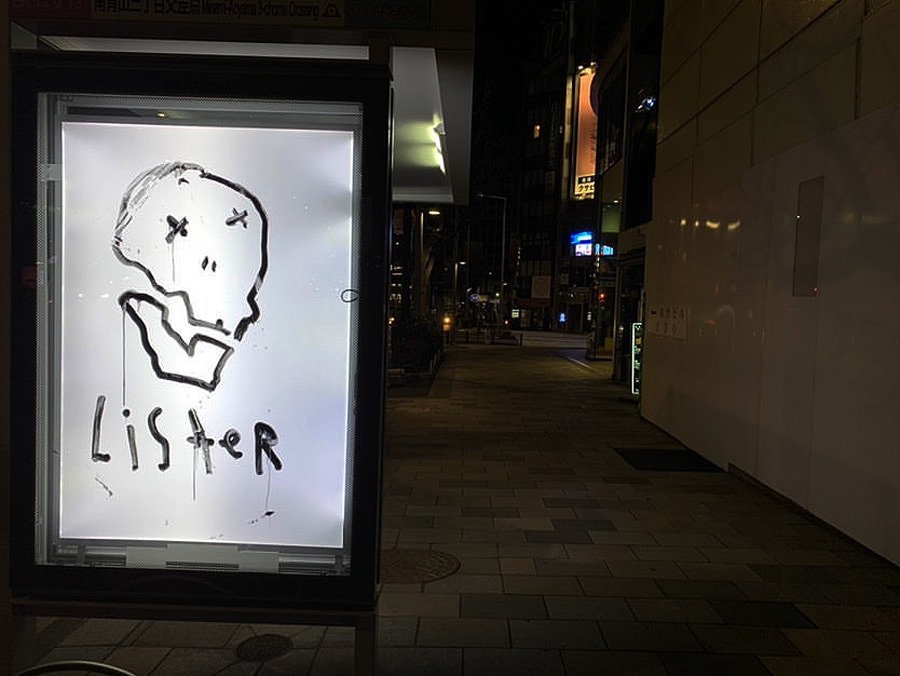
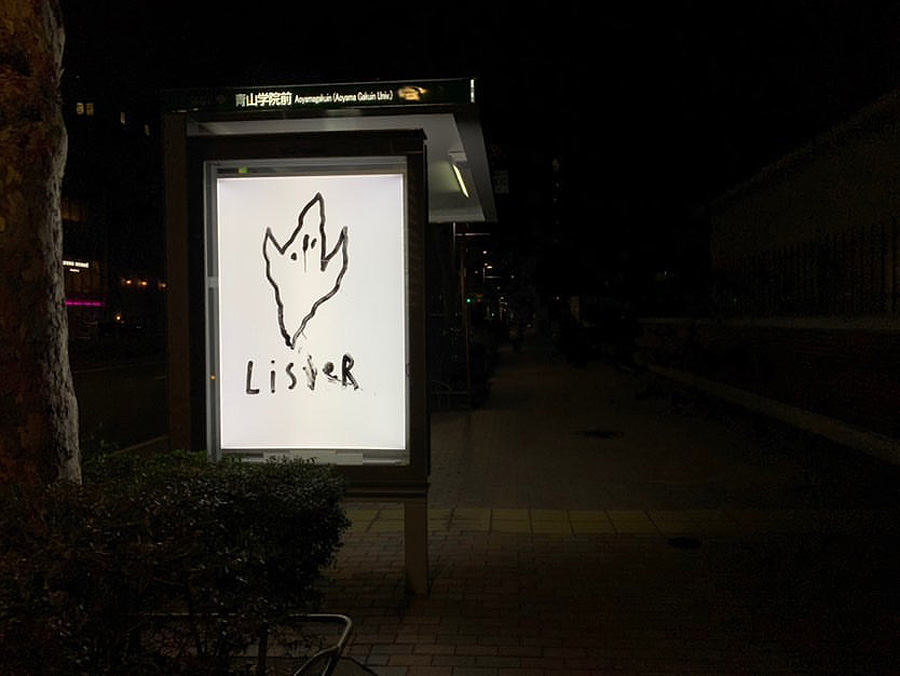

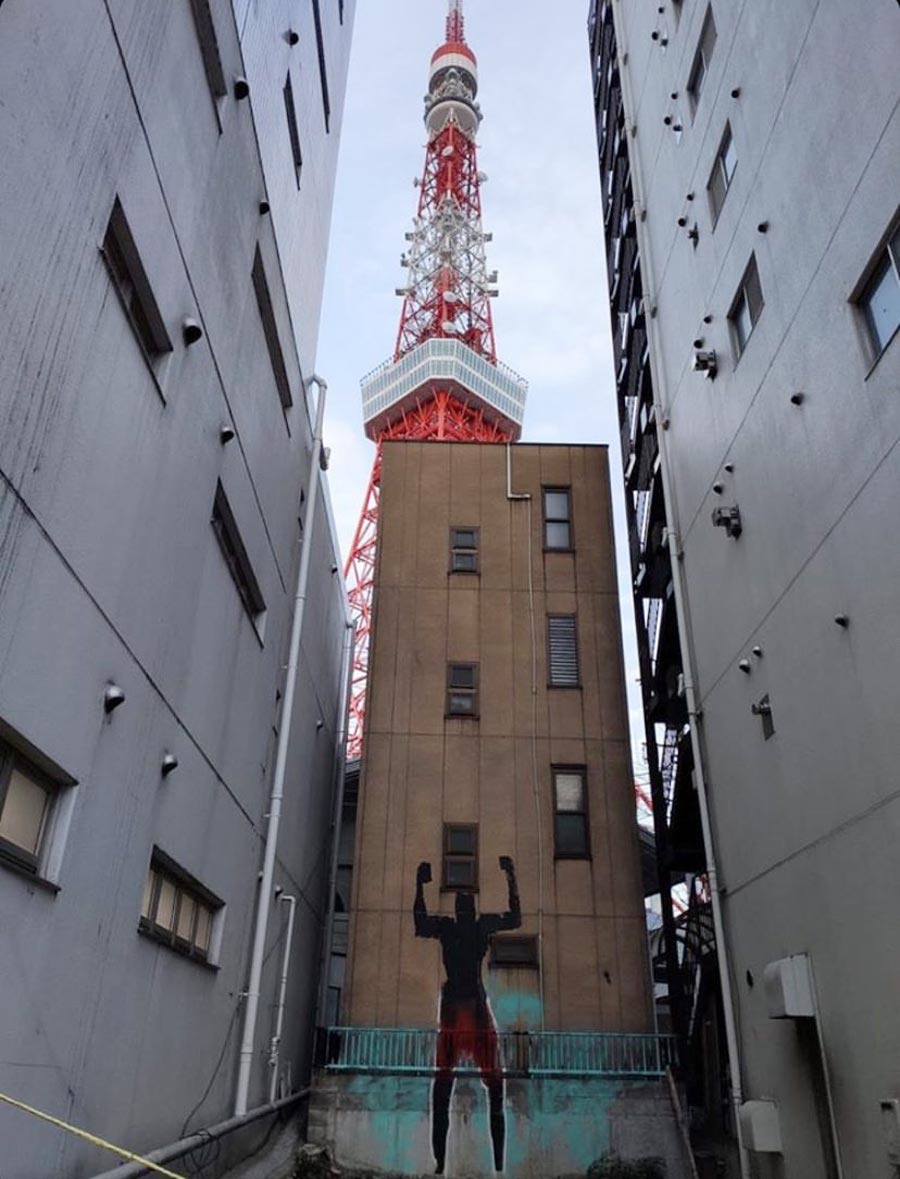
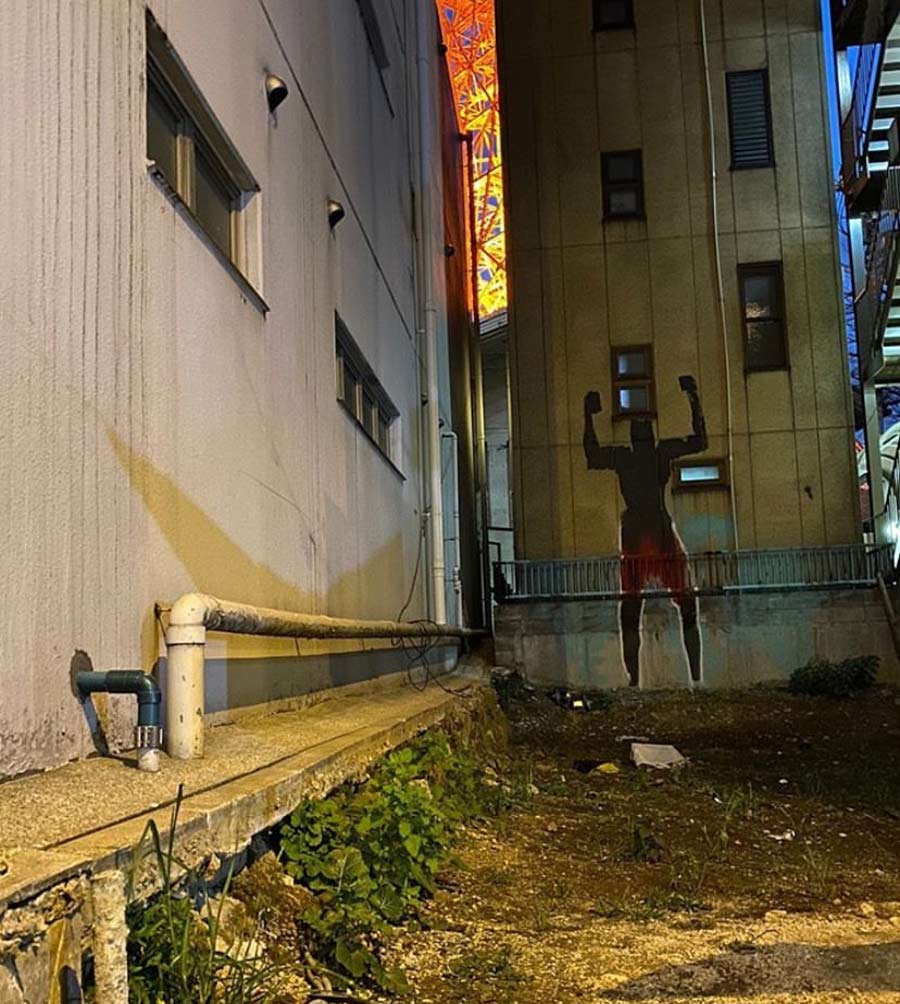
 BROOKLYN STREET ART LOVES YOU MORE EVERY DAY
BROOKLYN STREET ART LOVES YOU MORE EVERY DAY